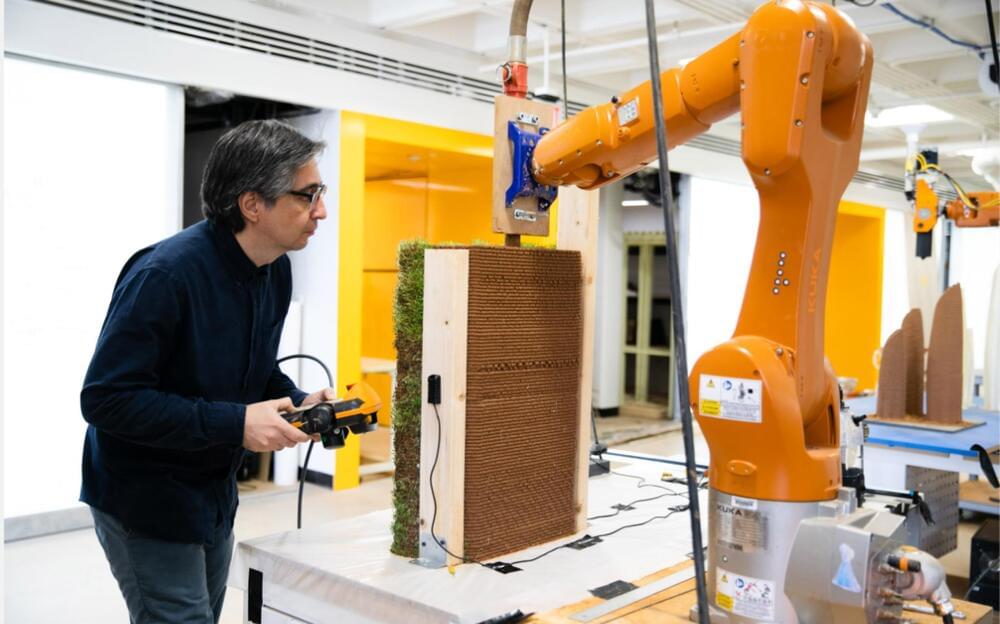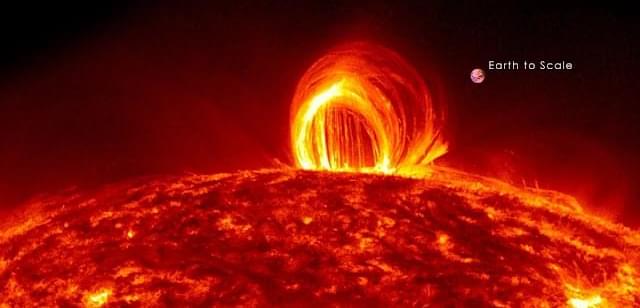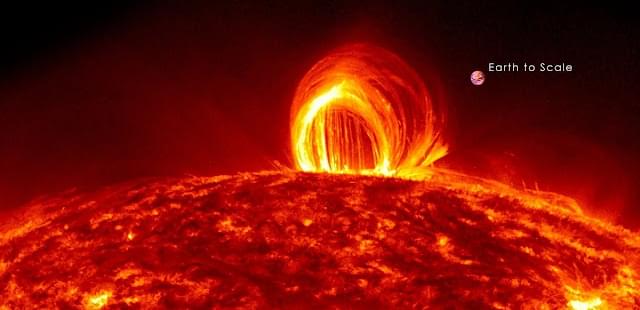EU today — news, views, & analysis from across the EU & beyond.
Category: habitats – Page 43
They created a cylindrical prototype resembling a Chia pet.
We can observe how far the architecture has progressed with the developing technology today. Referring to this, we have even seen houses made with 3D printing technology.
Now, a group of scientists from the University of Virginia is raising the bars of 3D printing technology by producing 3D-print soil structures which can grow plants on their surfaces.
Jeff Bezos thinks the Earth will be like a protected national park in the future — and maybe even a hot cosmic tourist attraction.
The Amazon and Blue Origin founder spoke at the 2021 Ignatius Forum last Wednesday about the future of space travel. During the discussion, he made the eyebrow-raising comment that most people won’t even be born on Earth one day and that it might even turn into a tourist destination for space colonizers, according to RealClearPolitics.
“Over centuries, most or many of the people will be born in space,” Bezos said at the forum. “It will be their first home. They will be born on these colonies, they will live on these colonies. They may visit Earth the way you would visit Yellowstone National Park.”
The startup Azure Printed Homes uses a range of recycled plastic to build 180-square-foot spaces that start at just $40,000.
But blueberry land and other parcels of rural Maine are being increasingly eyed for housing development, and Sweetland feels the wild blueberry sector is under pressure, especially when blueberry market prices drop.
He hopes that a new “crop” growing in tandem with berries could help boost the local industry and preserve farmland. That would be solar panels that have been installed across 11 acres of the land where Sweetland farms blueberries in Rockport, Maine.
The University of Maine is studying this example of dual-use agrivoltaics. The solar installation was developed by the Boston-based solar developer BlueWave, and it is owned by the company Navisun, which makes lease payments to the landowner. Sweetland tends, harvests and sells the blueberries, and shares profits with the landowner.
Two celebrated volcanoes—one of them very tall, the other very active—frame this large national park. From glowing lava flows and earth-shaking tremors to wind, rain, and waves, the geological and meteorological forces that shaped our planet are fully on display on the Big Island. While volcanism rules the day, pockets of rainforest and grassland shelter rare Hawaiian flora and fauna.
“Double, double toil and trouble; fire burn and caldron bubble.” Shakespeare could just as easily have been describing Hawaiian volcanoes rather than a witch’s brew in Macbeth. No other national park produces so much drama on a regular basis.
Kilauea is one of the world’s most active volcanoes. Its monthslong 2018 event destroyed hundreds of homes, sent massive plumes of ash rocketing into the air, and collapsed nearly 2,000 feet of the crater’s summit. Its most recent and currently ongoing eruption began in September 2021.
The promise of robotic furniture is that it can turn single rooms into multipurpose spaces.
“Robotics, AI, and many things will disrupt what we know now. Taking advantage of such has great benefits, especially if focused on demand”-me.
Since May, the engineering team with NASA’s Voyager 1 spacecraft had been trying to solve a mystery. The 45-year-old spacecraft seemed to be in excellent condition, receiving and executing commands from Earth, along with gathering and returning science data — but the probe’s attitude articulation and control system (AACS) was sending garbled information about its health and activities to mission controllers.
The AACS controls the spacecraft’s orientation and keeps Voyager 1’s high-gain antenna pointed precisely at Earth, enabling it to send data home. Though all signs suggested that the AACS was still working, the telemetry data was invalid.
While the spacecraft continues to return science data and otherwise operate as normal, the mission team is searching for the source of a system data issue.
The engineering team with NASA’s Voyager 1 spacecraft is trying to solve a mystery: The interstellar explorer is operating normally, receiving and executing commands from Earth, along with gathering and returning science data. But readouts from the probe’s attitude articulation and control system (AACS) don’t reflect what’s actually happening onboard.
The AACS controls the 45-year-old spacecraft’s orientation. Among other tasks, it keeps Voyager 1’s high-gain antenna pointed precisely at Earth, enabling it to send data home. All signs suggest the AACS is still working, but the telemetry data it’s returning is invalid. For instance, the data may appear to be randomly generated, or does not reflect any possible state the AACS could be in.
Circa 2020
The idea of humans living underwater may not be as crazy as you think. An idea once reserved for video games or science fiction, underwater cities may be a viable solution for humanity in the distant future.
Would you pack up your bags, clear out your apartment, and move to an underwater paradise? Perhaps you might even dream of living like the fictional city of Atlantis. If i t makes sense to go out and colonize Mars, the ocean is just as livable and is far closer to home. As you probably already know, the earth is 71% water. This could be prime real estate for future generations.










